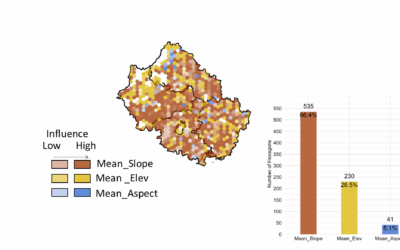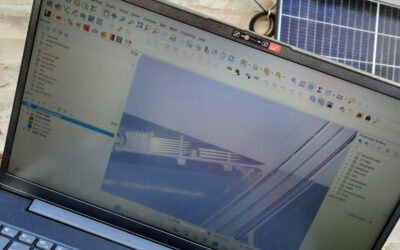
Sebastian Roersch will defend his thesis “Development of a semi-automated method to measure solar potential” next Wednesday (14th) at 10 am in 0.004 OKW 86. From his abstract: “In the second half of the 21st century, it will be decided how big the impact of climate change is. At the moment it is possible to reduce the emissions. One way to do that is to invest in renewable energies, which also create autarky because all of the fossil fuels or radioactive material for nuclear power needs to be imported. This study shows one way to go forward, to use solar power installed on urban rooftops. This leads to no harm for animals and no additional soil sealing is happening. The potential is calculated using remote sensing. The urban footprint is calculated with multi-temporal Sentinel-2 images evaluating different approaches (Ecognition, Google Earth Engine) and validated. Furthermore, the rooftopfootprint is calculated via a statistical approach from the urban footprint result. The focus of this study is Portugal, because of its Mediterranean climate in southern Europe. This leads to good potential from the sun alone. Portugal has already achieved a high share of renewable energies in the power sector, but this is achieved by using hydropower on a large scale and is, therefore, peaking in March. Solar power can be a reliable source throughout the year in Portugal. How much solar power can be used to fill the demand over the path of the year is elaborated. The different districts of Portugal can achieve autarky by the results shown. Also, hotspots for new developments of networks are made visible, to build the correct grid system requirements needed from solar power.”








